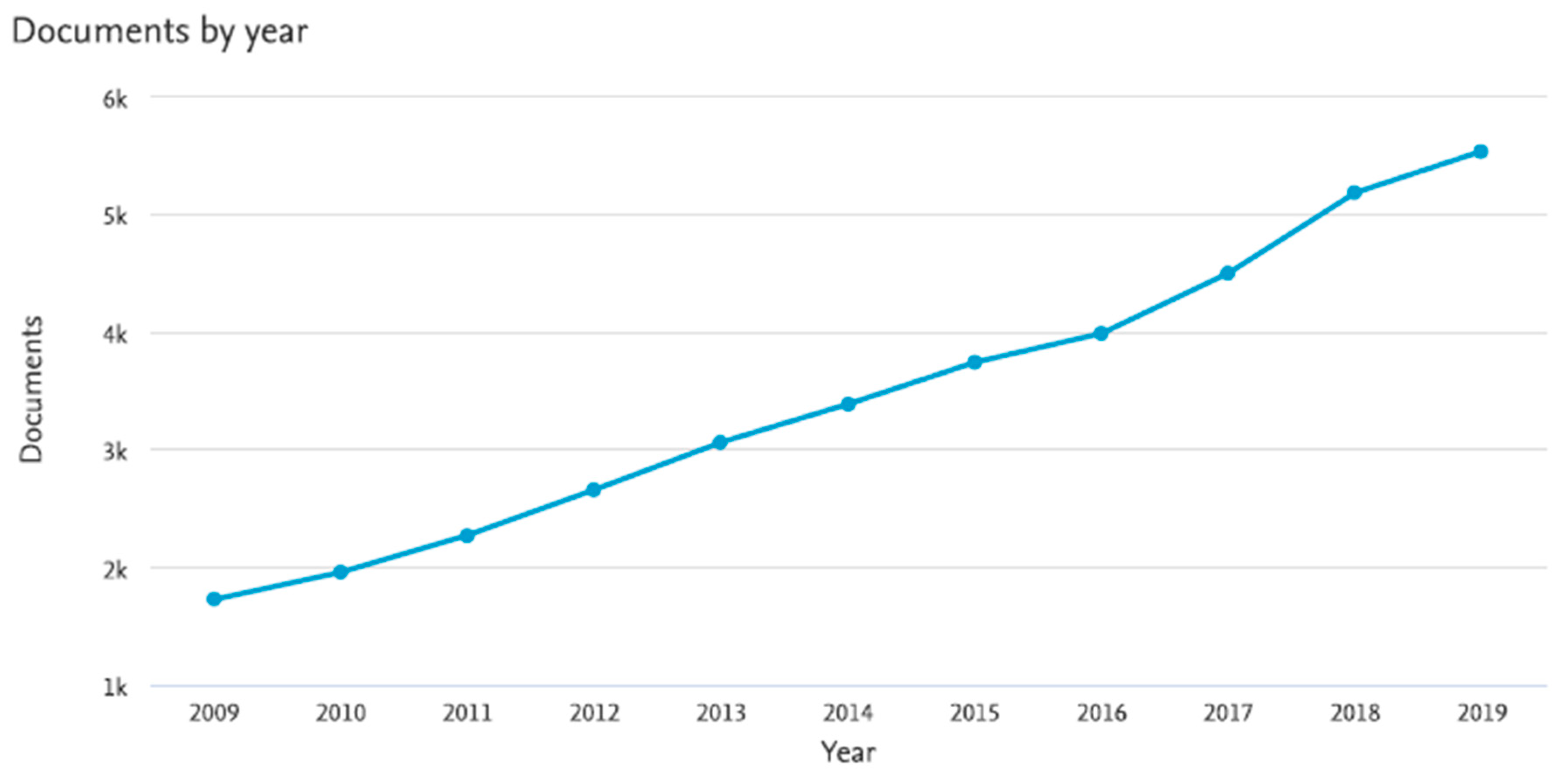Analytical Technology in Nutrition Analysis
Funding
Conflicts of Interest
References
- United Nations, Department of Economics and Social affairs, Population Division. World Population Prospects 2019: Highlights; United Nations: New York, NY, USA, 2019. [Google Scholar]
- FAO. The Future of Food and Agriculture–Trends and Challenges; Food and Agriculture Organization of the United Nations: Rome, Italy, 2017. [Google Scholar]
- Imathiu, S. Benefits and food safety concerns associated with consumption of edible insects. NFS J. 2020, 18, 1–11. [Google Scholar] [CrossRef]
- Selenius, O.; Korpela, J.; Salminen, S.; Gallego, C.G. Effect of chitin and chitooligosaccharide on in vitro growth of Lactobacillus rhamnosus GG and Escherichia coli TG. Appl. Food Biotechnol. 2018, 5, 163–172. [Google Scholar]
- Miranda, J.M.; Anton, X.; Redondo-Valbuena, C.; Roca-Saavedra, P.; Rodriguez, J.A.; Lamas, A.; Franco, C.M.; Cepeda, A. Egg and egg-derived foods: Effects on human health and use as functional foods. Nutrients 2015, 7, 706–709. [Google Scholar] [CrossRef] [PubMed]
- Roca-Saavedra, P.; Mendez-Vilabrille, V.; Miranda, J.M.; Nebot, C.; Cardelle-Cobas, A.; Franco, C.M.; Cepeda, A. Food additives, contaminants and other minor components: Effects on human gut microbiota—A review. J. Physiol. Biochem. 2018, 74, 69–83. [Google Scholar] [CrossRef] [PubMed]
- Lamas, A.; Regal, P.; Vázquez, B.I.; Miranda, J.M.; Franco, C.M.; Cepeda, A. Transciptomics: A powerful tool to evaluate the behavior of foodborne pathogens in the food production chain. Food Res. Int. 2019, 15, 108543. [Google Scholar] [CrossRef] [PubMed]
- Ramon Vidal, D. Model organisms and “OMIC” technologies: New tools for the development of healthy foods. Curr. Opin. Biotechnol. 2013, 24, S19. [Google Scholar] [CrossRef]
- Barbosa Lima, L.G.; Montenegro, J.; de Abreu, J.P.; Barros santos, M.C.; Pimenta do Nascimento, T.; da Silva santos, M.; Ferreira, A.G.; Cameron, L.C.; Larraz Ferreira, M.S.; Teodoro, A.J. Metabolite Profiling by UPLC-MSE, NMR, and Antioxidant Properties of Amazonian Fruits: Mamey Apple (Mammea Americana), Camapu (Physalis Angulata), and Uxi (Endopleura Uchi). Molecules 2020, 25, 342. [Google Scholar] [CrossRef] [PubMed]
- Ayala-Niño, A.; Rodríguez-Serrano, G.M.; González-Olivares, L.G.; Contreras-López, E.; Regal-López, P.; Cepeda-Sáez, A. Sequence identification of bioactive peptides from Amaranth seed proteins (Amaranthus hypochondriacus spp.). Molecules 2019, 24, 3033. [Google Scholar] [CrossRef] [PubMed]
- Wali, A.; Wubulikasimu, A.; Mirzaakhmedov, S.; gao, Y.; Omar, A.; Arken, A.; Yili, A.; Aisa, H.A. Optimization of Scorpion protein extraction and characterization of the proteins’ functional properties. Molecules 2019, 24, 4103. [Google Scholar] [CrossRef] [PubMed]
- Martinez, E.; Rodriguez, J.A.; Mondragon, A.C.; Lorenzo, J.M.; Santos, E.M. Influence of potato crisps processing parameters on acrylamide formation and bioaccesibility. Molecules 2019, 24, 3827. [Google Scholar] [CrossRef] [PubMed]
- Ma, Y.; Zeng, Z.; Kong, L.; Chen, Y.; He, P. Determination of N-carbamylglutamate in feeds and animal products by high performance liquid chromatography tandem mass spectrometry. Molecules 2019, 24, 3172. [Google Scholar] [CrossRef] [PubMed]
- Duan, L.; Zhang, C.; Zhang, C.; Xue, Z.; Zheng, Y.; Guo, L. Green extraction of phenolic acids from Artemisia argyi leaves by Tailor-made ternary deep eutectic solvents. Molecules 2019, 24, 2842. [Google Scholar] [CrossRef] [PubMed]
- Rosemary, T.; Arulkumar, A.; Paramasivam, S.; Mondragon-Portocarrero, A.; Miranda, J.M. Biochemical micronutrient and physicochemical properties of the dried red seaweeds Gracilaria edulis and Gracilaria corticata. Molecules 2019, 24, 2225. [Google Scholar] [CrossRef] [PubMed]
- Lopez-Santamarina, A.; Miranda, J.M.; Mondraon, A.C.; Lamas, A.; Cardelle-Cobas, A.; Franco, C.M.; Cepeda, A. Potential use of marine seaweeds as prebiotics: A review. Molecules 2020, 25, 1004. [Google Scholar] [CrossRef] [PubMed]
- Dovale-Rosabal, G.; Rodriguez, A.; Contreras, E.; Ortiz-Viedma, J.; Muñoz, M.; Trigo, M.; Aubourg, S.P.; Espinosa, A. Concentration of EPA and DHA acid adduction reaction conditions using response surface methodology. Molecules 2019, 24, 1642. [Google Scholar] [CrossRef] [PubMed]
- Flores, M.; saravia, C.; Vergara, C.E.; Avila, F.; Valdés, H.; Ortiz-Viedma, J. Avocado oil: Characteristics, properties, and applications. Molecules 2019, 24, 2172. [Google Scholar] [CrossRef] [PubMed]

© 2020 by the author. Licensee MDPI, Basel, Switzerland. This article is an open access article distributed under the terms and conditions of the Creative Commons Attribution (CC BY) license (http://creativecommons.org/licenses/by/4.0/).
Share and Cite
Miranda, J.M. Analytical Technology in Nutrition Analysis. Molecules 2020, 25, 1362. https://doi.org/10.3390/molecules25061362
Miranda JM. Analytical Technology in Nutrition Analysis. Molecules. 2020; 25(6):1362. https://doi.org/10.3390/molecules25061362
Chicago/Turabian StyleMiranda, Jose M. 2020. "Analytical Technology in Nutrition Analysis" Molecules 25, no. 6: 1362. https://doi.org/10.3390/molecules25061362
APA StyleMiranda, J. M. (2020). Analytical Technology in Nutrition Analysis. Molecules, 25(6), 1362. https://doi.org/10.3390/molecules25061362




